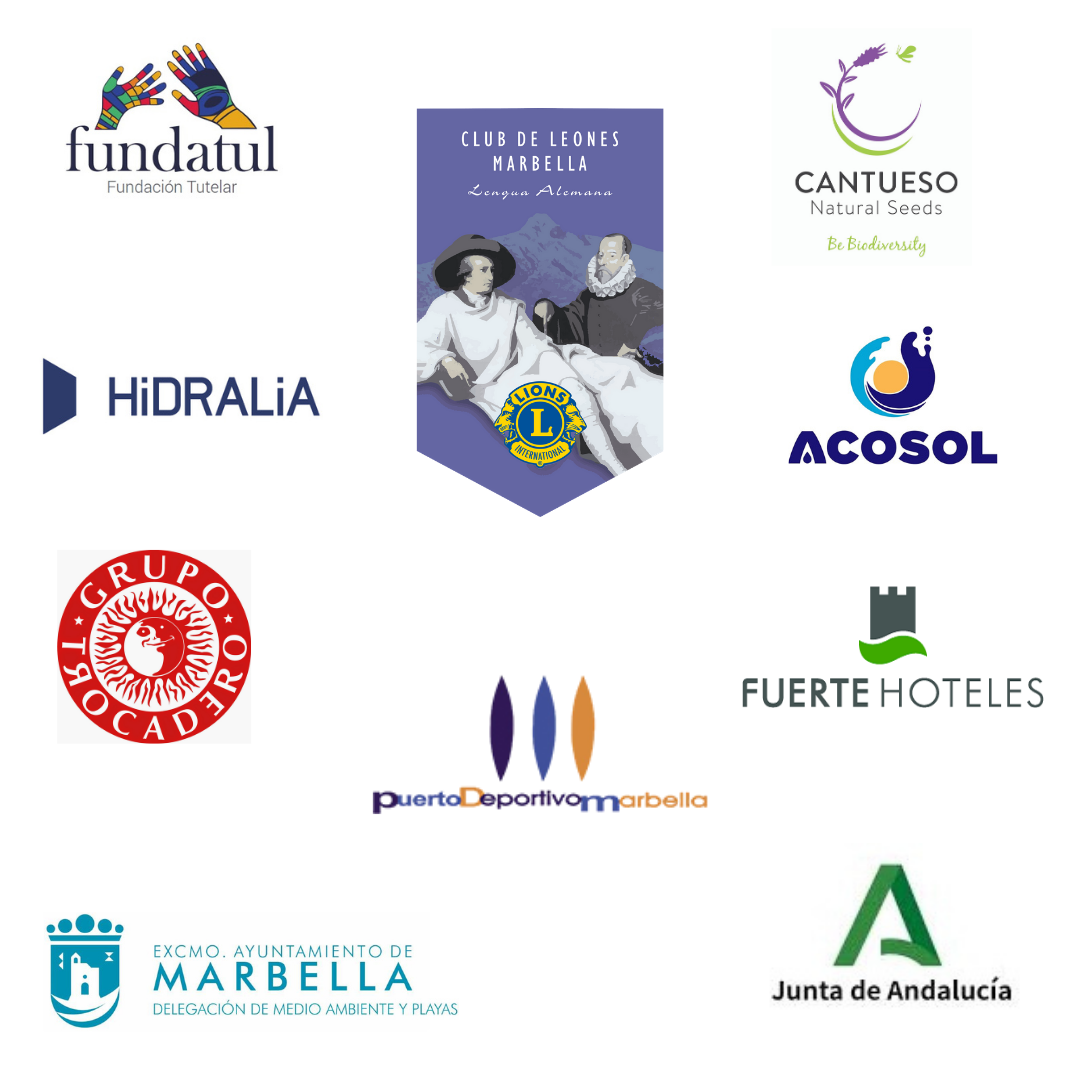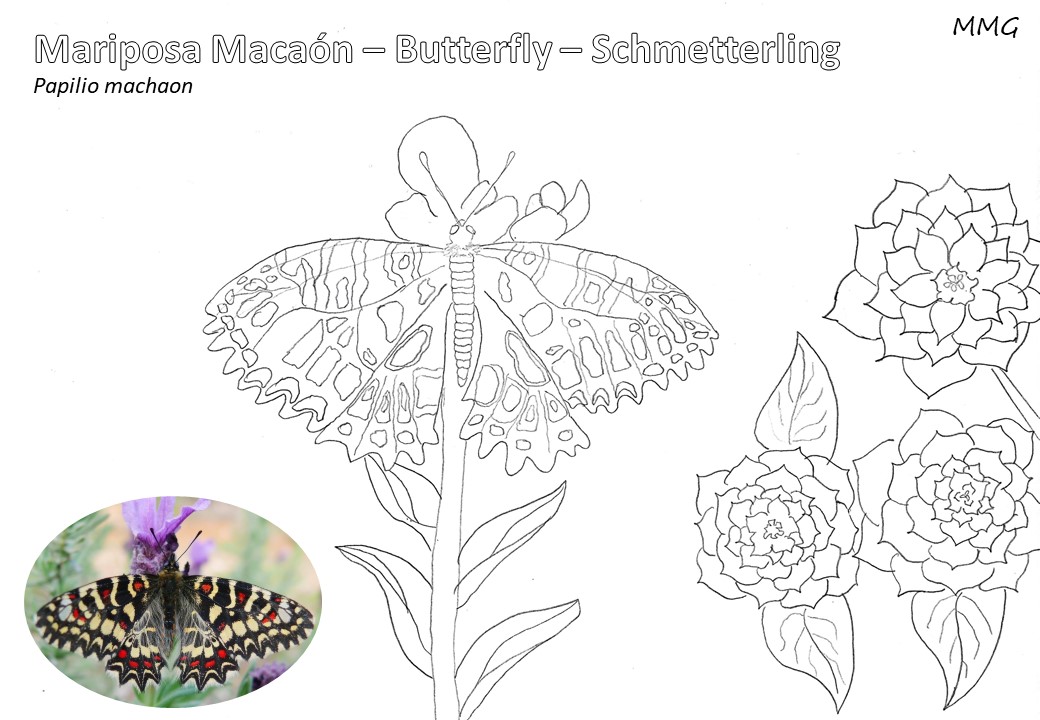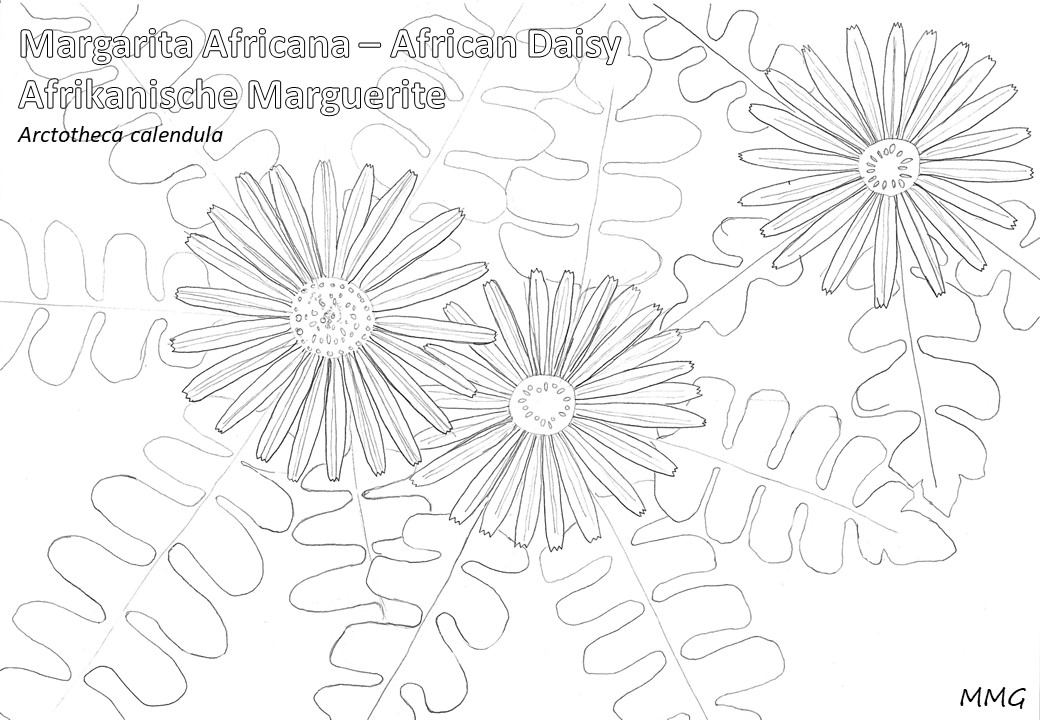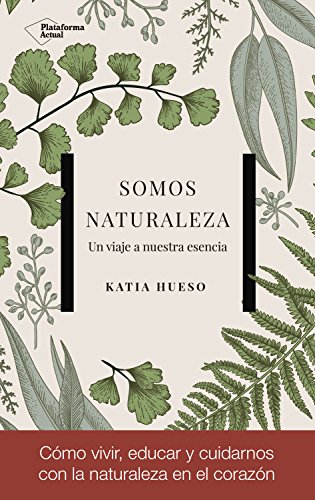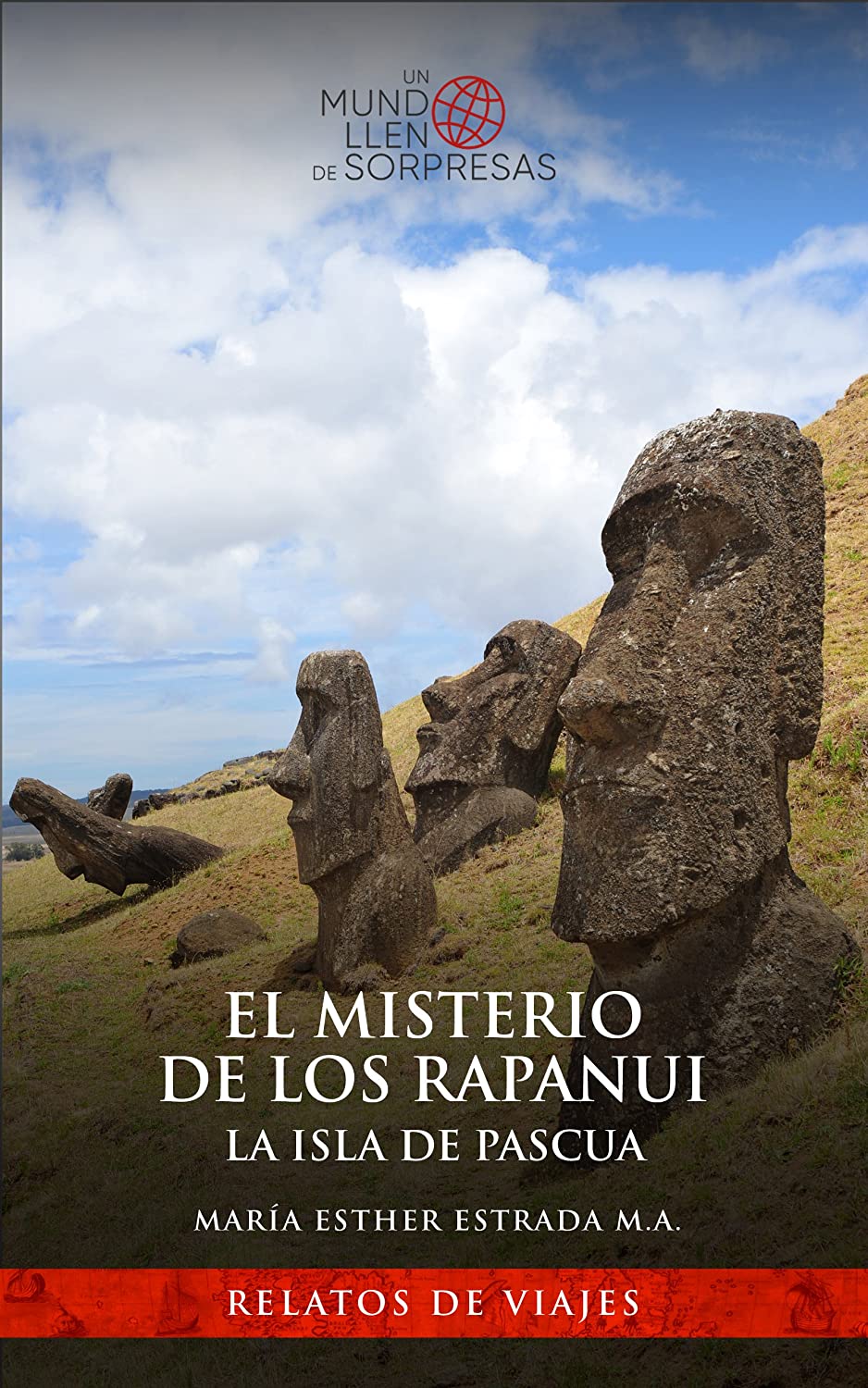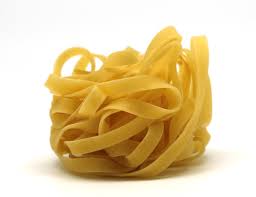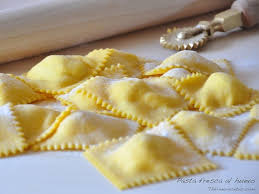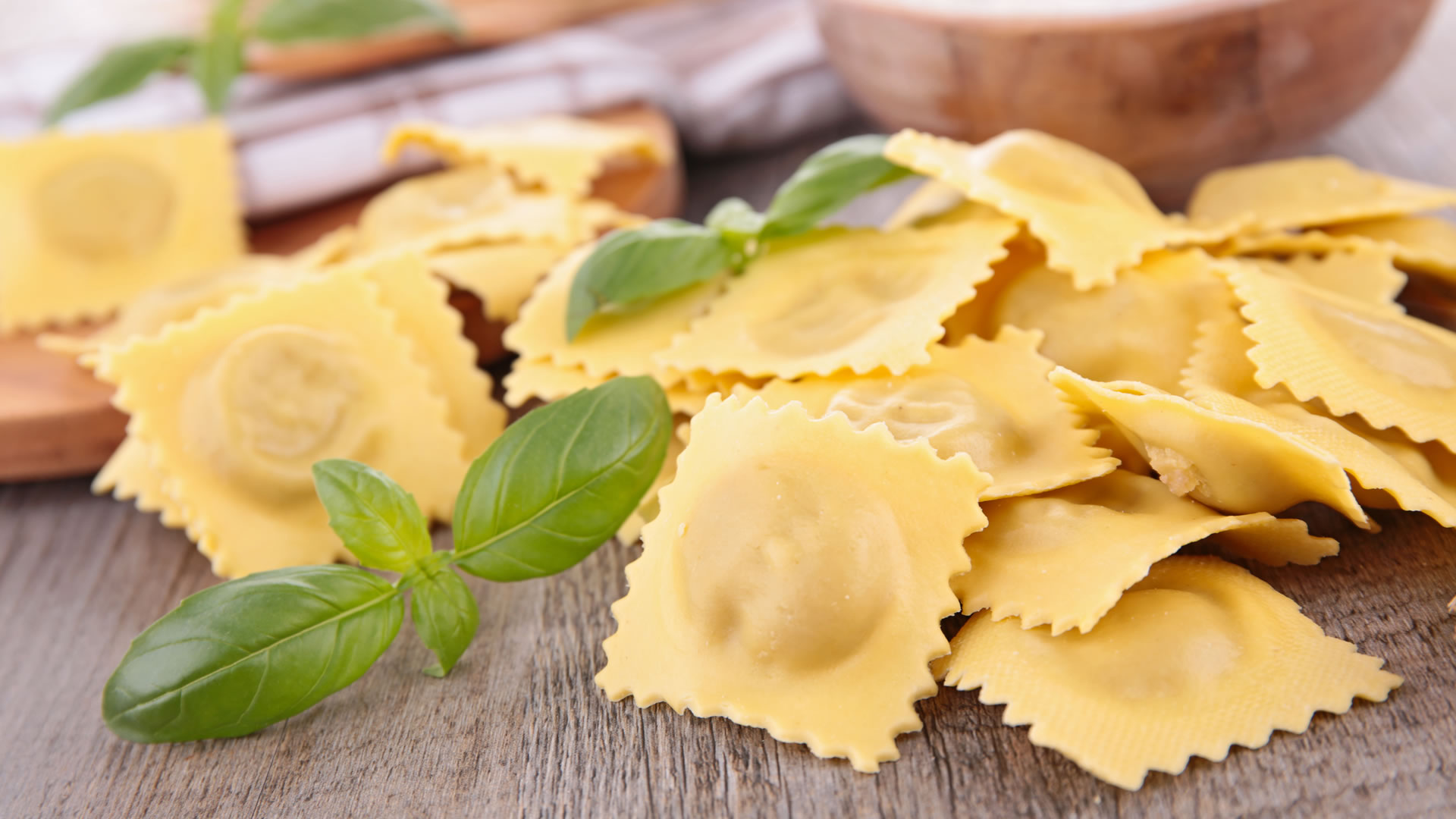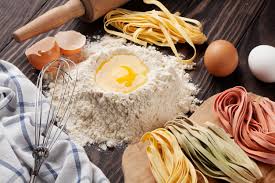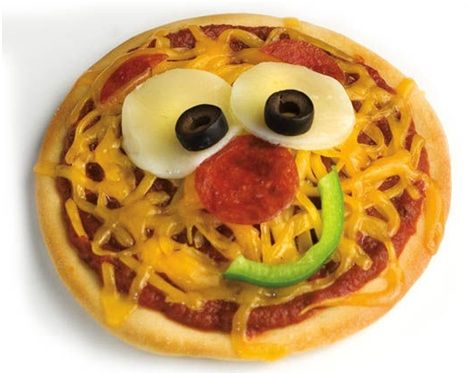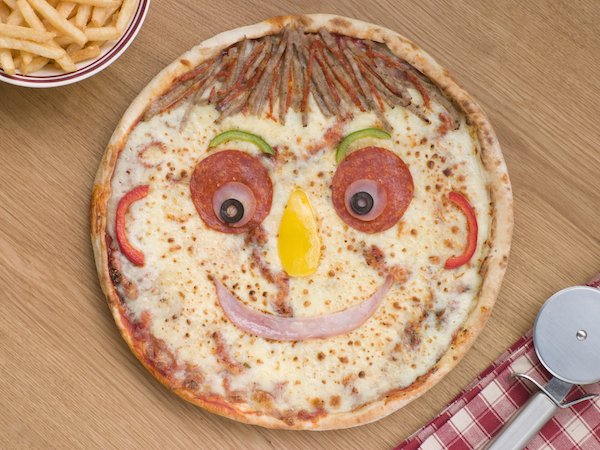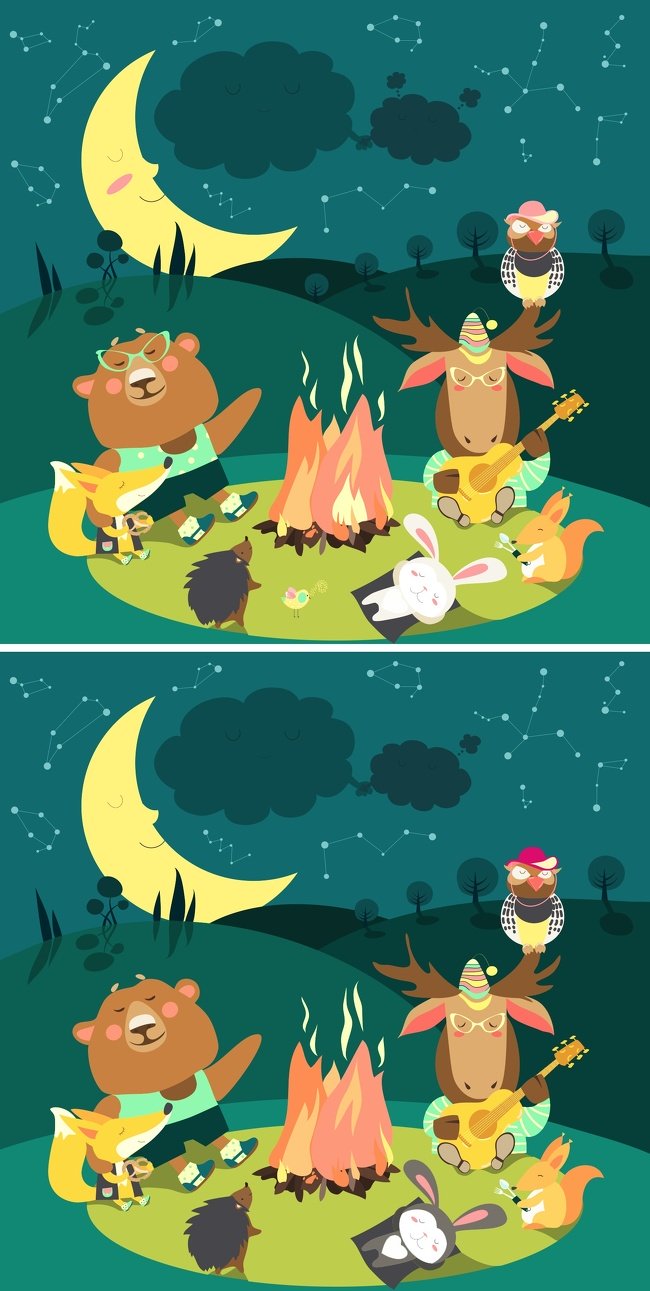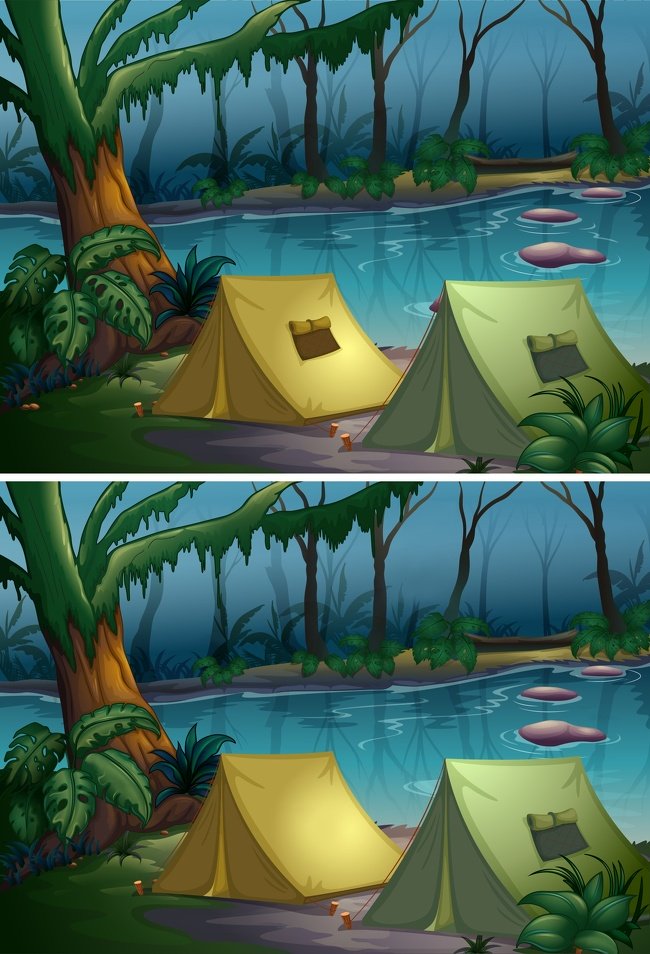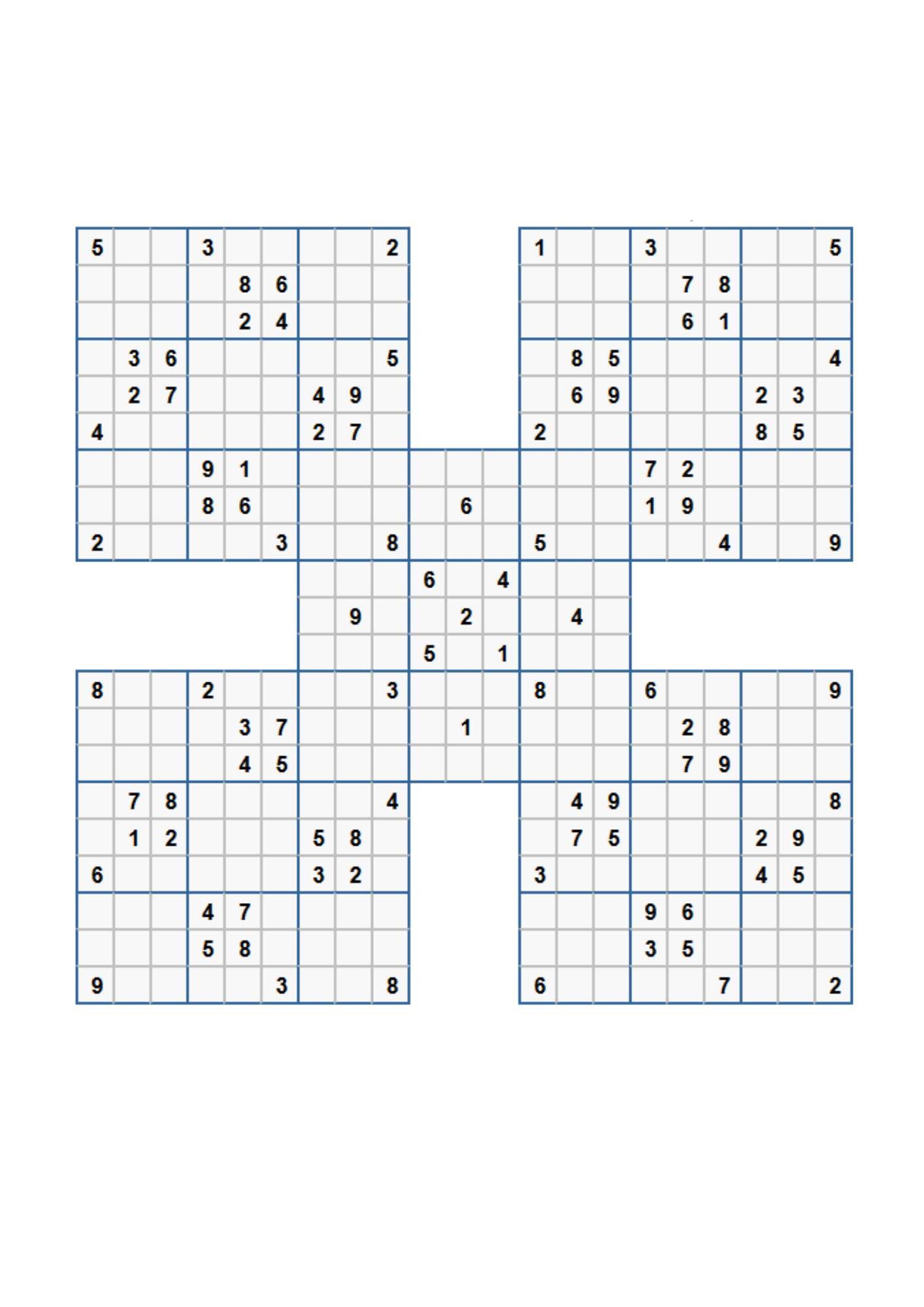OPEN LETTER
To everyone who, day by day, watches over our health, often putting their own on the line:
Many thanks
2020 has proven to us that superheroes do not always wear capes. They are ordinary people with ordinary jobs, people like you and me, but who in emergencies change utterly, leaving aside their own fears and needs.
From ProDunas we want to thank you for all the work you are doing to take care of us in the most generous and closest of ways. Your essential professionalism shows in the personal support you give to those affected by this disease and those in lockdown. This situation should teach us all to appreciate what we have.
ProDunas wants to send everyone who is affected by the virus a very warm message of encouragement. You are very courageous and strong. It won’t be long until all this is a thing of the past and it will be nothing more than a science fiction story we can tell our grandchildren. We will get through this together. You are not alone; we think of you all the time and we support you in your fight even if it has to be from a distance. We can best help you by staying at home. That way you will get better and faster.
And for everyone in lockdown, we want to cheer you up and try to brighten your days. We can’t go to see you but we have thought of different things the whole family can do together. You can find these suggestions on our website.
The thousands of doctors, health care personnel, volunteers, as well as the UME and the Security Forces are right now in the front line, but when the worst has passed and the lockdown is over, we ordinary people will be the reinforcements that will, little by little, get the country back to normal. It is up to us to stay in shape (mentally, psychologically and physically) so that we can live up to the standard these superheroes have shown us.
Keep smiling! Remember – we’re all in this together.
With our appreciation and gratitude,
The ProDunas team
AT HOME WITH YOU - Week 5
WE ARE CLOSE TO YOU
ProDunas wants to feel useful these days, so we has set out to design a page on our website with suggestions to liven up the day to day grind during these weeks of lockdown.
We will publish suggestions for people of all ages: reading material, films and drawings, so that the especially the smallest ones in the house can, for example, spend some time colouring in the drawings. We are thinking of all the children who are stuck at home. This way they can learn something about the Marbella dunes.
If you would like to take part, please colour the drawings in this page and send them back by email to: asociacion@produnas.org. Please indicate the name and age of the child, and the school s/he goes to. When our lives get back to normal, we will publish the drawings on this same page – we will consult with the Teachers and put together an evaluation Jury with those who would like to help. We look forward to receiving your drawings and we hope you like this idea.
NOTE
If there is another category you would like us to include, please send us an email with your suggestion: asociacion@produnas.org – we will try to include it the following weeks.
Pictures to colour
Books
TALES OF THE ALHAMBRA by Washinton Iriving (1828)
Washington Irving began a tour of Andalusia shortly after his arrival in Spain. During his visit to Granada he was enthralled by the majesty of the Alhambra where he was fortunate enough to stay. There he met several of the people who would accompany him during his stay in Granada. From the conversations with them and from the stories he heard from his faithful servant and guide Mateo Jiménez he would write down the legends and traditions that had been passed down from father to son for generations. In this way, with his Tales of the Alhambra, Washington Irving recorded a rich and detailed chronicle of the Spain of the first half of the 19th century. Above all he knew how to convey the magic and mystery of an entire era. Some of the tales that make up the central body of the work – that of the Arab astrologer who contributed with his magic to defeat the enemy armies; that of the three beautiful princesses locked in a tower so that they would not fall in love; that of the pilgrim of love also locked in a tower by his jealous father; that of the legacy of the Moor that tells us of a fabulous treasure found by a water carrier; that of the Rose of the Alhambra in which we are shown a charmed lute capable of curing the melancholy of the king – could well come from The Thousand and One Nights.
WE ARE NATURE: The Last Child in the Woods: Saving our Children from Nature Deficit Syndrome
By Richard LOUV (2005)
Technology, mass tourism, urbanization, the bustle and the demands of modern life seem to have made us victims of what Richard Louv – renowned American writer and journalist – called “Nature Deficit Syndrome”.
This book is an invitation to renew contact with nature. It is ca all to recognise it, respect it and live it in a deeper sense; to recover the commitment to the far away and the wild, to life outdoors. Based on the relationship between literature, art, music, cinema and his way of seeing nature, this work reveals to us how culture and education help us to get in contact once again with everything in nature and with ourselves.
Nature is our ally and a means of healing, of comfort and of relief. It is a source of well-being, of health and strength, of personal growth and development. It has been shown that the benefits of mindfulness are multiplied outdoors, and that even a walk in the park can be integrated into a kind of meditation. Contact with nature is also an indispensable tool for the education of our children and reminds us of the importance of connecting nature and school.
The Mystery of the Rapa Nui. Easter Island.
Easter Island has always seemed exotic to me -so isolated and yet so attractive. Its huge moai have spoken to me for years of mystery and strength.
When we were planning a trip to some points of the enormous Chilean geography, I immediately thought of it, believing that it was relatively close to the coast. First lesson, geography! It is in the middle of nowhere in the South Pacific Ocean, almost 4 thousand kilometres from Chile and the same from Polynesia. That did not stop us. We were so lucky to have been able to get to see it.
The warmth of its people and their pride in its Rapanui culture were two constants during our stay. Their history, the isolation in which they lived for centuries (now a little less so), their beliefs in the protection of their ancestors and the pharaonic task of constructing the moais stone by stone – these gigantic monolithic volcanic stone statues, all were all astounding. We found it interesting to discover that they were “left behind” almost literally with the stroke of a pen and they invented another socio-religious structure, the cult of the god Make Make and the concept of the bird man or Tangata Manu
Yoga
RECIPES THE FAMILY CAN MAKE TOGETHER
HOMEMADE PASTA
Today, making pasta at home gives an hour’s entertainment for children and a gives you a versatile kitchen staple at the end of the work. In its purest form, pasta, which is the Italian for “dough”, has just two ingredients, water and flour. The best flour for pasta is farina di semola di grano duro rimacinata, a fine-ground semolina made from durum wheat. But any flour will do: plain, chickpea or spelt. It will not turn out al dente but it will be delicious.
INGREDIENTS
100g per person
a little over half as much warm water
or
for egg pasta, substitute a single egg for the water.
Heap up the flour on a work surface and sprinkle a little salt on it. Make a well in the centre, slowly add the liquid and mix with your fingers. Knead until the paste becomes smooth, soft dough. Wrap it in cling film and let it rest for 20 minutes before cutting it into the shapes you want.
In an Italian kitchen, choosing the pasta’s shape is as important as deciding what sauce to make for it. Try a little concave cavatelli (from cavare, to dig). Using both hands, roll the dough into a rope 1cm in diameter, then cut it into 1cm pieces. Push each piece down and away with your thumb, creating a curl to catch tomato sauce. For flat noodles, roll the dough as thinly as possible – thin enough to read newspaper headlines through it. Tagliatelle are roughly 1cm wide; any narrower and they become tagliolini, wider and they could be pappardelle. All will be delicious with ragu and grated hard cheese: Grana Padano, as the Bolognese use.
There is a rare pleasure in savouring a bowl of your own handmade pasta. Roll the dough out thinly again and cut it into squares, and you are halfway to tortellini. Fill with ham, cheese, black pepper and nutmeg; fold the squares into triangles, squeezing the edges to push out any air, seal them, and then join the two bottom corners in the middle. Tortellini in brodo—cooked in stock and swimming in a soup bowl—is the ultimate comfort food.
PIZZA TO MAKE AT HOME WITH KIDS
Dough:
- 400 gr of flour
- 200 ml of water
- 2 heaped tablespoons of olive oil
- 1 pinch of salt
For fillings:
- Tomato sauce
- Cooked ham
- Olives
- Fresh cheese or mozzarella
- Chopped up mixed vegetables
To make the dough
Put the flour in a bowl with the pinch of salt.
Make a hole in the centre of the flour and pour in the water and olive oil. Mix well.
Put the dough to a floured smooth surface and knead until it is nice and smooth – about 10 minutes. Stretch it out so it is THIN.
How to make pizzas with fun shapes for children:
Start making the chosen shapes.
For example, to make a flower, cut a large circle and then form the petals with small circles around it. Cook the dough in the oven for a few minutes and then pour on the tomato sauce, mozzarella cheese and some vegetables to give it colour. Back in the oven for about 10 minutes until the vegetable are lightly cooked.
Another fun idea is to make a pirate. On a circle of lightly baked dough, spread a base of fried tomato, mozzarella cheese and then form the hair and the eye patch with tomato slices. Then a black olive for the other eye!
Find out the differences
Sudoku for seniors
Do you want to receive our Newsletter?
Do you want to become a member or be our friend of the dunes?
Asociación ProDunas Marbella
The Association works tirelessly for the defence and preservation of the unique ecosystems that survive in the natural sand dune environments in the Province of Málaga; promotes the protection of native flora and small wildlife; promotes recovery, rehabilitation and conservation of interesting biodiversity of sand dunes areas in the municipality of Marbella.
